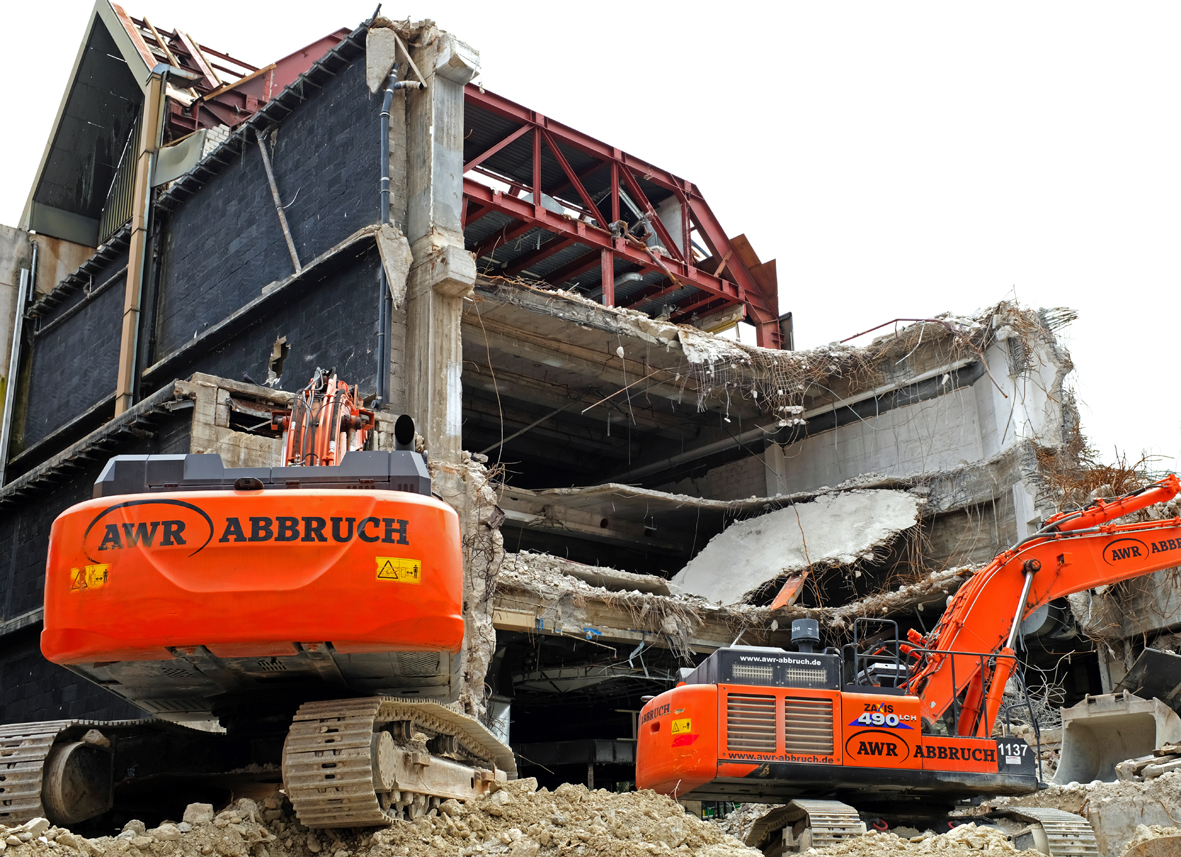All the figures from relevant studies indicate that when it comes to climate change, "the building sector is the elephant in the room." To effectively address global warming from CO2 emissions, we need to tackle the biggest challenge, which is the existing building stock.
In Europe, this already goes beyond the energy efficiency of these buildings, because the ecological footprint of building construction has such an enormous share. Its burden weighs heavily; in Germany, for example, the construction industry alone is responsible for 50% of the waste volume through construction waste. If buildings are demolished, the share of embodied carbon of the newly erected, load-bearing building structures is usually so high, that it takes great effort to compensate in order to remain climate neutral. Resources as for example sand or steel, must also be considered; they, too, require a more sustainable management.
Sustainability associations related to the building industry are publicly discussing responsibility and are calling for political guidelines against the careless waste of resources through demolition, for example in redevelopments and densification in urban districts. We as climate engineers cannot exert any influence here, but we can take a clear position in projects, educate, and provide evidence wherever it makes sense to preserve building structures.
We want to be more involved and target projects where only creative solutions can lead to attractive renewal and upgrading. This applies particularly to buildings that are not protected as existing structures - in Germany, for example, numerous buildings from the 1960s and 1970s fit into that category.
It is envisioned that we can demonstrate and constantly develop sensible approaches and specifically offer our consulting services to real estate management companies or municipalities for certain structures, such as apartment buildings in Germany or school buildings in the USA, which have not been part of Transsolar's classic portfolio until now.
This way, "lighthouse projects" of a completely different kind can be created, in which the ecological benefit for the public is the main priority, while our own economic interests are secondary. The projects act as role models and these guidelines can also be easily applied elsewhere.
Renovation reusing building structures: MacKimmie Tower Calgary, Robert L. Bogomolny Library, Urban District Development Neuperlach, High-rise Residential Building Gueterstrasse 30, High-Rise Sparkasse Rosenheim, Federal Office German Alpine Association.
Photo: Friedrich Dassler
